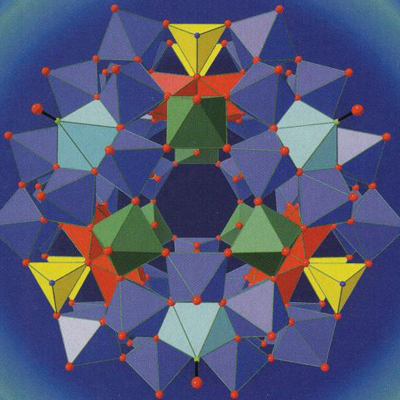Symmetry and symmetry breaking in science and arts

All claims expressed in this article are solely those of the authors and do not necessarily represent those of their affiliated organizations, or those of the publisher, the editors and the reviewers. Any product that may be evaluated in this article or claim that may be made by its manufacturer is not guaranteed or endorsed by the publisher.
In this review article, symmetry and symmetry breaking are considered as complementary principles in science and arts. It starts with symmetry and symmetry breaking in early world views of nature and art. Then, symmetries are definied as fundamental structures of mathematics. Mathematical models of symmetry and symmetry breaking are used to explain the emergence of space-time and matter in modern physics. Even molecular structures in chemistry are distinguished by mathematical symmetries. Their elegance and beauty seem to realize aesthetical categories in nature. In biological evolution, the question arises how symmetry breaking (e.g. molcular chirality) can be explained. In modern arts, symmetry and symmetry breaking are "hidden" structures which can be found in music, painting, and architecture. In a philosophical outlook, symmetry and symmetry breaking are highlighted as regulative guiding ideas of research.
_______________________________________________________________________________________________________________________________________________________
This article is an extended version and English translation of my article "Symmetrie und Symmetriebrechung. Von der Urmaterie zu Kunst und Leben,“ in: Schriftenreihe der Heisenberg-Gesellschaft: Quanten 2 (ed. Konrad Kleinknecht), S. Hirzel Verlag, 9-59. An abridged version was presented in the EASA Colloquium Science meets Art (https://www.youtube.com/watch?v=nIUVNEQ7AR8 )
How to Cite

This work is licensed under a Creative Commons Attribution-NonCommercial 4.0 International License.
Copyright (c) 2023 The Author(s)
PAGEPress has chosen to apply the Creative Commons Attribution NonCommercial 4.0 International License (CC BY-NC 4.0) to all manuscripts to be published.

 https://doi.org/10.4081/peasa.5
https://doi.org/10.4081/peasa.5



